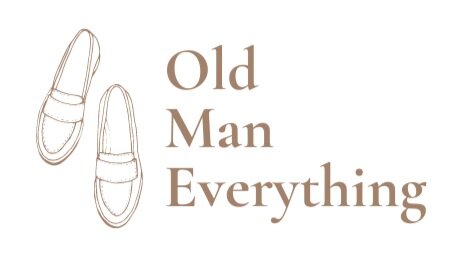On Shopping: Value
“I’m not advocating that men should buy a lot of clothes, or that they should buy the most expensive. Actually both of these approaches are wrongheaded. [. . .] The best bargain is the definition of quality.” – Bruce Boyer
In the world of menswear, the mantra on shopping is that you should “buy the best you can afford.” But perhaps this maxim deserves a little bit of unpacking. The saying does not recommend that you buy the most expensive items for which you have the means. “Best” means best quality. The best item may not necessarily be the most expensive, though it could be. Indeed, price often correlates with quality.
However, pricing can be treacherous if one is unaware of how the clothing industry operates. I reconcile best price and best quality, then, by focusing on the price-to-quality ratio. My goal is simple: to buy the nicest item in terms of construction and aesthetics as I can get, relative to the price. For example, a shirt in a regular retail store that is priced at $100 probably cost less than $25 to manufacture. But the profit margin of the brand is usually less than 20%. So, in the example of the shirt, where does ~$60 go? That money goes to advertising, sales staff, store rent, and the like. Consequently, for a brand to make a reasonable profit, it has to make the retail price somewhere between 4x to 10x what the item costs to manufacture.
Personally, I am not trying to help big clothing companies cover the costs of their magazine advertisements and SoHo store leases. Those expenses do not help me get a better price-to-quality ratio. So, I avoid huge brands. It’s tempting to believe that these massive corporations would achieve great economies of scale that would allow them to sell quality garments for lower prices. But unfortunately that is not the case often. The reality is that they sell clothes at a huge markup in order to pay for a laundry list of expenses that do not contribute to the quality of the garments.
I prefer to seek out smaller makers that can offer much better value. With sales and special offers, it is still possible to get good value out of big-name brands; however, consistent value is better found with niche businesses. These niche makers have less flashy overhead, pocket more revenue for their craftsmen, and often have better style, to boot.
Moreover, when shopping, you should keep in mind the concept of diminishing returns. As you move up in the game of quality clothing, you pay more and more for smaller differences. The difference between a $250 JC Penny suit and a $550 Suit Supply suit is significant. The difference between a $550 Suit Supply suit and a $1100 Southwick suit is less so. The gap of increased quality continues to diminish as you move from the $1100 Southwick suit to the $1500 Isaia suit, and further up the tiers.
This article would be incomplete if I failed to highlight that quality and price should not be, and will not be, the only determinant of what you buy. If you are going to spend money on something that is a nice-to-have rather than a need-to-have, buy something that you really like and will continue to get satisfaction from. Buy and own pieces of clothing that possess what Derek Guy calls emotional durability. After all, why spend money if you can’t buy a little bit of happiness?
